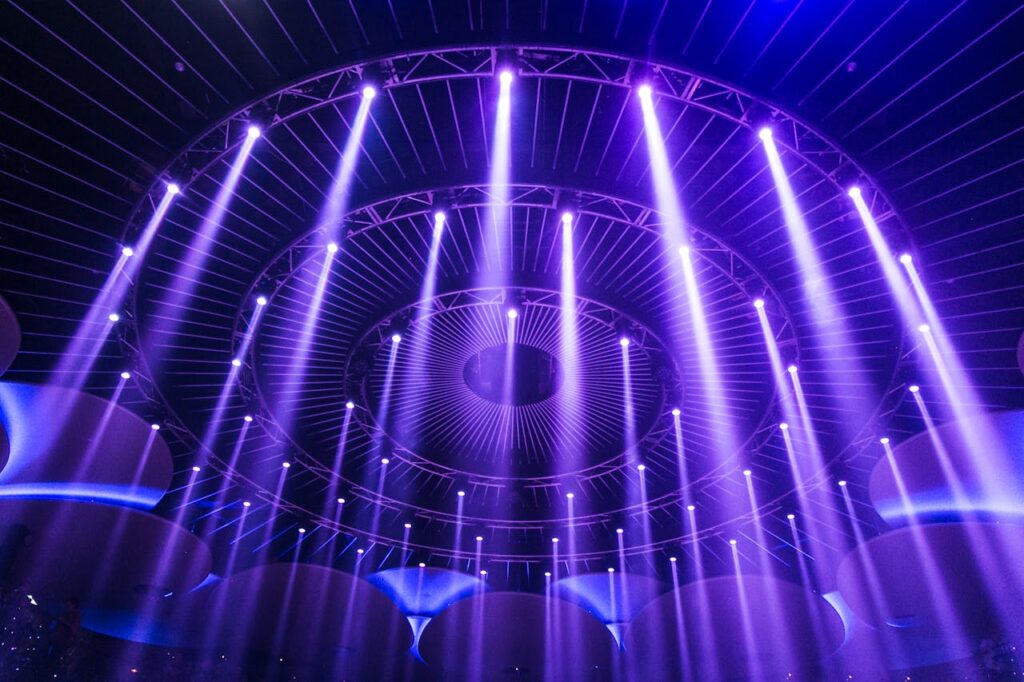In the rapidly evolving landscape of the 21st century, the fusion of arts and technology has given rise to a new era of cultural expression. Traditionally, the arts and technology might have seemed like separate realms, but today they are interconnected in ways that redefine our cultural experiences.
Technology has become a canvas for artistic expression, providing tools for creatives to explore new dimensions. From virtual reality installations to interactive digital art, artists are pushing boundaries and engaging audiences in ways previously unimaginable. Museums and galleries are embracing technology to enhance exhibits, offering immersive experiences that transport visitors to different worlds.

On the flip side, the arts have also influenced technology, shaping the aesthetics and user interfaces of our digital devices. The design principles derived from artistic traditions have played a pivotal role in creating visually appealing and user-friendly interfaces. This symbiotic relationship has not only transformed the way we create and consume art but has also left an indelible mark on the cultural landscape.
As we navigate this intersection of arts and technology, it’s crucial to recognize the potential for positive change. This fusion has democratized creativity, allowing artists to reach global audiences instantly and enabling cultural exchange on an unprecedented scale. The collaborative nature of technology has also led to the emergence of interdisciplinary projects that bring together artists, technologists, and cultural experts.
In conclusion, the synergy between arts, culture, and technology is shaping a future where creativity knows no bounds. Embracing this fusion opens doors to endless possibilities, fostering a rich and diverse cultural tapestry that reflects the essence of our digital age.